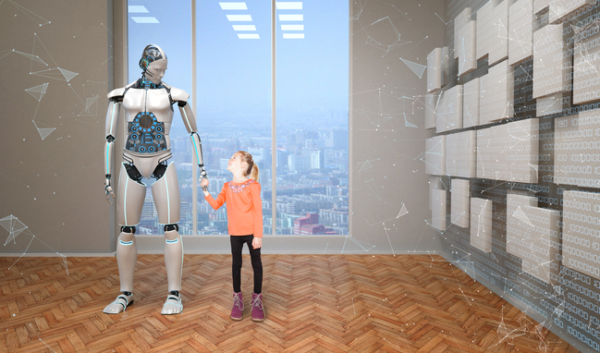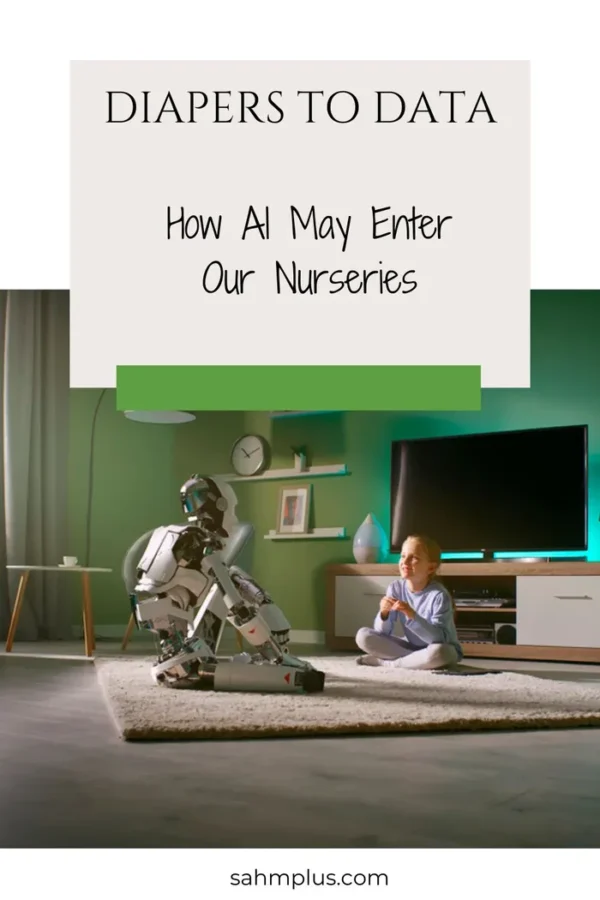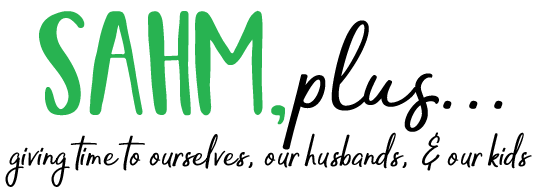As a mom who navigates the vibrant chaos of parenting daily, I’ve seen my fair share of phases, from the first adorable babble to the defiant “no.” But nothing quite prepares you for when the topic of artificial intelligence (AI) and language models like GPT-4 comes up. It’s fascinating yet somewhat frightening how these technologies are evolving, almost parallel to the way our children grow and learn. Let me share a story that recently caught my attention and got me thinking about the intersection of AI and parenting.

Imagine watching your toddler, with a tiny camera strapped to their pink cap, as they explore the world, everything from their viewpoint captured in vivid detail. This isn’t just a futuristic thought but was the reality for a couple, Brenden Lake and Tammy Kwan. Brenden, a psychologist specializing in human and AI cognition at New York University, and his wife, Tammy, decided to document their daughter Luna’s interactions through a camera attached to her.
The goal?
To gather insights that could help bridge the gap between how humans learn language and how AI models are developed.
Each week, they’d secure a lightweight camera to Luna, capturing her environment from her perspective—whether she was pointing at blackberries during breakfast or navigating a room filled with toys. This experiment was part of a larger ambition to create a language model informed by the sensory experiences of a toddler, a project playfully referred to as “LunaBot.”
Now, as a parent, I find this both thrilling and a bit unsettling.
On one hand, the idea that AI can learn from human development to become more intuitive and useful is incredible. It suggests a future where AI might assist in educational settings, tailored to match the learning curves of our children. Yet, the thought of equipping young children with cameras and recording their every move raises concerns about privacy and the naturalness of growing up.
The challenges in AI development often mirror the complexities of parenting. Just as AI struggles to interpret the world without human-like sensory experiences—unable to taste or feel—the way we teach our children about the world is deeply nuanced, often beyond what can be captured in data alone. While models like OpenAI’s GPT-4 or Google’s Gemini enhance their capabilities through vast amounts of data, our children learn in rich, interactive environments where each experience builds on the last.
Moreover, there’s a profound difference in how AI and humans process information. AI systems, as they currently stand, aren’t capable of intention or belief; they don’t experience joy at a well-loved story or frustration with a difficult puzzle piece. They process inputs and predict outputs, whereas humans learn in a context deeply intertwined with emotions and intentions.
It’s an exciting time to be alive, witnessing these advancements, yet as a mom, I also tread cautiously. As we edge closer to technologies that can mimic or learn from human behavior, the dialogue between AI development and our understanding of human cognition becomes increasingly significant. Researchers like Tom Griffiths from Princeton University argue that by understanding our limitations and abilities, we can develop AI technologies that are not only more advanced but also more aligned with our human needs.
So, as we embrace this brave new world where AI meets real life, let’s ensure we’re steering the conversation, keeping our children’s best interests at the forefront. It’s about finding that balance, much like everything else in parenting, between leveraging advancements to enrich our lives and preserving the essence of a playful, unplugged childhood. As AI continues to evolve, it’s crucial we remain both curious and cautious, embracing new tools while safeguarding our most precious treasures—our children.
Questions About Child Development and AI Training
What does it mean to use children’s data to train AI?
Answer: Using children’s data to train AI involves collecting information from children’s activities, behaviors, or interactions, and using it to improve AI algorithms. This can include voice recordings, videos, or interaction data from digital devices and toys that observe how children learn and react in various situations.
Is it safe to allow my child’s data to be used to train AI?
Answer: Safety depends on how the data is collected, stored, and used. Ensure that any project or product that uses children’s data for AI training complies with strict privacy laws and regulations, like the Children’s Online Privacy Protection Act (COPPA). Always look for transparency in how data is handled and seek products from companies that prioritize ethical standards.
How can my child’s data help improve AI?
Answer: Children’s data can help AI systems understand human developmental stages and learning patterns, making AI more adept at interacting with and assisting people of all ages. For example, observing how children learn language can help develop AI that better understands and processes human speech.
What are the ethical considerations of using children’s data in AI?
Answer: Ethical considerations include ensuring informed consent, maintaining privacy, and the potential impacts on children’s rights and development. It’s crucial that parents fully understand what data is being collected, how it’s being used, and the measures taken to protect it.
Can parents control what data is used and how it’s used in AI training?
Answer: Parents should have control over their children’s data, including the right to know what information is collected and the ability to opt out of data collection. Look for AI tools and applications that provide clear privacy settings and parental controls.
What long-term impacts could arise from my child’s data being used in AI development?
Answer: The long-term impacts are still being studied, but concerns include privacy implications and the potential for creating digital profiles that might influence future opportunities or perceptions. There’s also the broader impact on society as AI systems potentially inherit and propagate the biases present in the training data.


1 comment
The analogy between AI development and parenting is profound. Nurturing both requires a nuanced understanding that transcends mere data analysis.